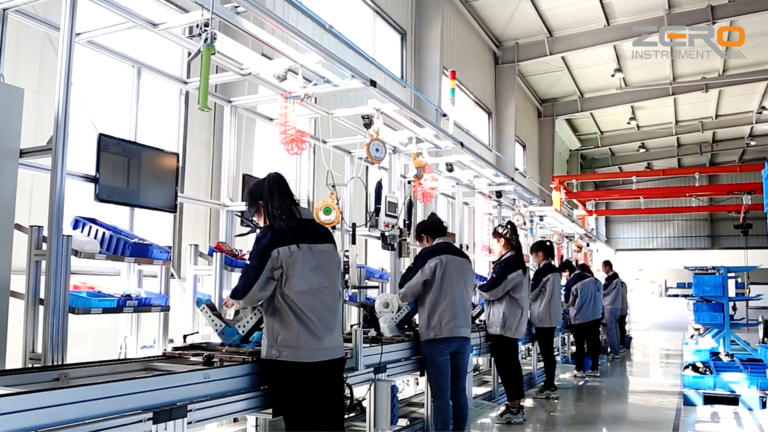In modern industrial production processes, accurate material measurement is one of the key factors to ensure product quality and production efficiency.
Especially in situations involving chemicals and special fluids, how to accurately measure and control liquid level is particularly important.
As a special oil widely used in cosmetics, food, medical and electronic products, silicone oil has unique physical properties, which brings considerable challenges to liquid level measurement. The radar level gauge is a powerful tool to meet this challenge.

Different from traditional float or differential pressure level gauges, radar level gauges use the principle of microwave pulses to measure liquid level by emitting microwaves to the surface of the medium and receiving the reflected signals.
This non-contact measurement method gives radar level gauges significant advantages when measuring corrosive, high-viscosity or high-temperature liquids. Silicone oil is a synthetic oil with high thermal stability, good chemical inertness and excellent lubrication properties.
Its viscosity is high and it is sensitive to temperature changes, which requires the liquid level meter to work stably under different temperature conditions.
In addition, the dielectric constant of silicone oil is significantly different from that of air, which provides good reflection conditions for radar level gauges. In practical applications, the selection of radar level gauge is crucial.
For example, for some silicone oils with higher viscosity, conventional radar level gauges may not provide enough penetration to ensure accurate measurements. At this time, it is necessary to select a microwave with a lower frequency to enhance the signal penetration capability.
At the same time, the installation position and angle of the liquid level gauge also need to be considered to ensure that the microwave can be emitted vertically to the silicone oil surface, thereby improving measurement accuracy.

In field tests, the radar level gauge demonstrated excellent performance. By continuously monitoring silicone oil storage tanks, researchers found that even in an environment where the silicone oil temperature changes greatly, the radar level gauge can accurately record liquid level changes, and the error range is controlled within acceptable industry standards. This result not only proves the high reliability of the radar level gauge, but also provides solid data support for its promotion in silicone oil production and application.
In addition to measurement accuracy, radar level gauges offer good durability and low maintenance requirements. Due to its non-contact measurement method, the level gauge is not susceptible to corrosion or contamination by silicone oil, thus extending the service life of the equipment.
At the same time, this design also greatly reduces the risk of production interruption caused by level gauge failure. Of course, no technology is perfect.
In some extreme cases, such as when silicone oil is mixed with a large number of bubbles or solid particles, even advanced radar level gauges may encounter measurement difficulties. Therefore, regular calibration and maintenance are still essential to ensure measurement accuracy and stability.

In short, the application of radar level gauge in silicone oil level measurement demonstrates its important role in modern industry. It not only improves the accuracy and efficiency of measurement, but also provides strong technical support for the production and application of silicone oil.
